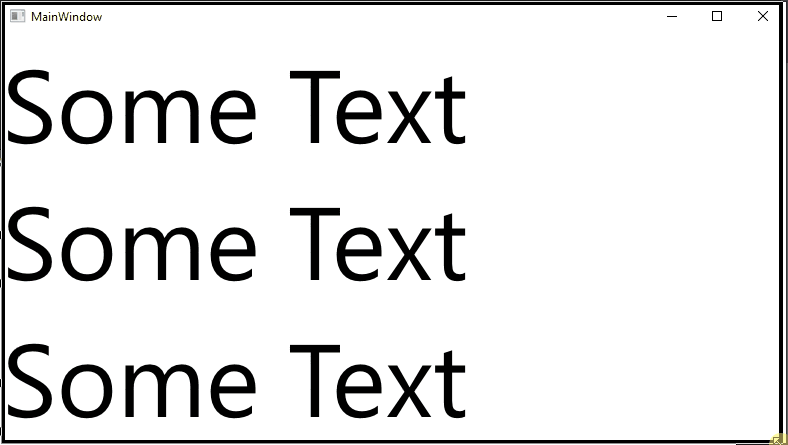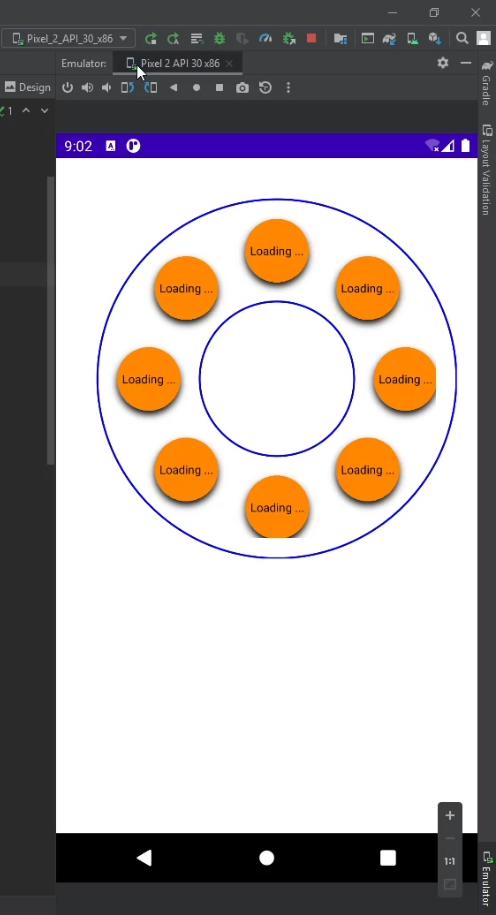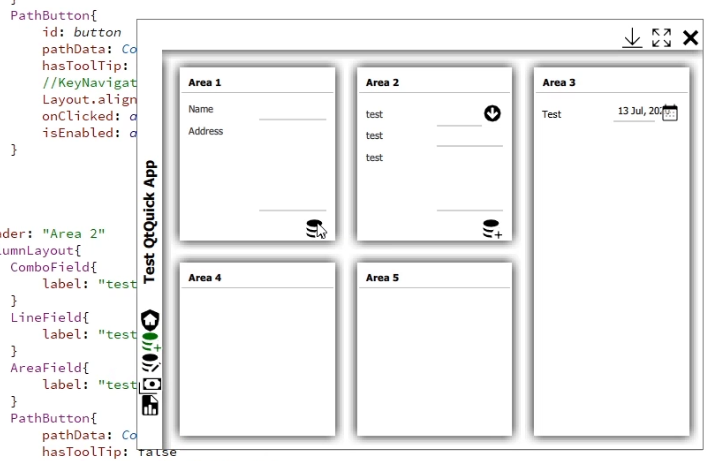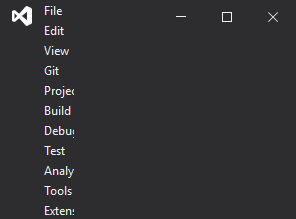No, I have a request, and it’s about giving a proper implementation.
General failure in WPF/Xaml layout
When arranging an element in WPF, the element gets clipped if the desired size is bigger than the arrange size. This failure causes a lot of trouble when developing custom layouts, as well as massive performance issues.
I understand fixing this properly could cause regressions, but at least there should be an Arrange override that properly makes what it should, arrange the element to the specified size.
Developer technologies | Windows Presentation Foundation
3 answers
Sort by: Most helpful
-
-
 Sam of Simple Samples 5,571 Reputation points
Sam of Simple Samples 5,571 Reputation points2021-07-03T18:48:55.28+00:00 As the name indicates, Microsoft Q&A is for questions and answers. If you go to the Help menu in Visual Studio then you will find mechanisms for providing feedback.
-
Emon Haque 3,176 Reputation points
2021-07-06T01:01:42.923+00:00 In a real application see what my measure and Arrange Overrides do:

This view is a
Paneland it's someFrameworkElementand nested Views/Charts. When I resize the window at some point, when I keep shrinking, those views/text get cut off on sides and I didn't put any effort/check to consider those scenarios because it's impractical to use this app with such small width and height. If you ask whether it's possible to take account of those scenario as well, of course it is! BUT why would I add unnecessary computation, ie, scale text and elements, in my Measure and Arrange Overrides that will serve no other purpose other than taking more time to Render those graphics?In a practical scenario, it's meant to be used with a reasonable width and height or in full screen and in those cases, it behaves normally. In some of my custom controls, in this app, if I leave one parameter/dependecy property/ normal property, it'll throw exception. Do I have any check for those cases? Of course no, because I haven't made this shirt to fit all. I could if I wanted to and if I do it'll consume more time to render without any reasonable reason.
EDIT
----
The Bar and Lines in those charts depend upon the size of the Panel, you didn't get that. If you don't want your textblocks cut off as well as resize based on the Panel size, you can create a Panel like this:class TextPanel : Panel { protected override Size MeasureOverride(Size availableSize) { foreach (FrameworkElement item in Children) { item.Height = availableSize.Height / Children.Count; item.Measure(availableSize); } return availableSize; } protected override Size ArrangeOverride(Size finalSize) { double y = 0; foreach (UIElement item in Children) { item.Arrange(new Rect(new Point(0,y),item.DesiredSize)); y += item.DesiredSize.Height; } return finalSize; } }and in
xamlyou can add blocks like this:<Window ...> <local:TextPanel> <Viewbox> <TextBlock Text="Some Text"/> </Viewbox> <Viewbox> <TextBlock Text="Some Text"/> </Viewbox> <Viewbox> <TextBlock Text="Some Text"/> </Viewbox> </local:TextPanel> </Window>those'll be resized like this:

I think people normally don't care about these that much BUT if anyone does, there's way. I can complain about other Frameworks like JavaFX, QtQuick, Android or even UWP/WinUI BUT not about WPF yet. Only thing I want in WPF in addition to what it's is some more syntactic sugar to simplify my ControlTemplate/DataTemplates that I create code behind.
EDIT
----
The success you told about other framework like android is not true. See how Android renders a customViewGroupif I dont resize:
do you see how it cuts off Graphics on the right and bottom? Here's an example of QtQuick:

see how it renders Date beyond its scope. Same is true for Apple/iOS BUT I won't show you that since I don't wear ladies' garments! You've to manually resize your items in every framework in those scenario.
